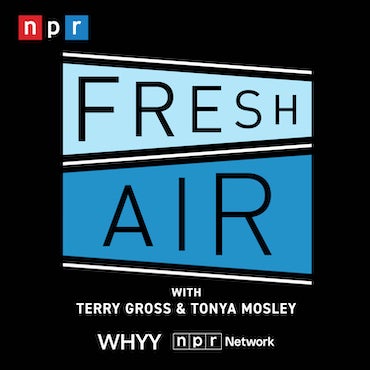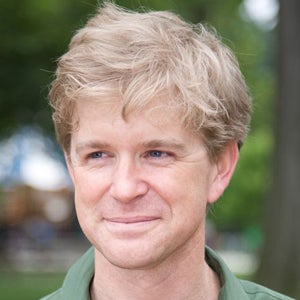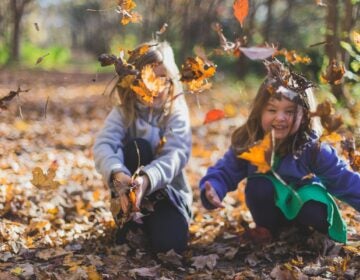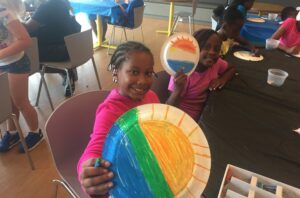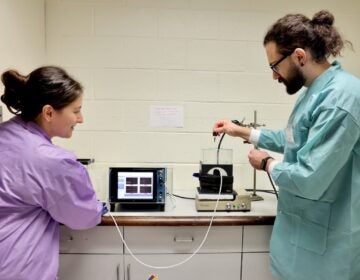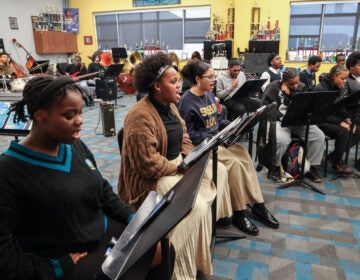Bristol’s Nature Club teaches kids lessons on a forest floor
Natural environments are known to benefit childhood development. The Bristol School District includes a forest in its curriculum.
From Philly and the Pa. suburbs to South Jersey and Delaware, what would you like WHYY News to cover? Let us know!
On a recent chilly fall day, Beth Clark of the Heritage Conservancy led two dozen children, 8 to 10 years old, into Croydon Woods in Bristol.
Even though the maple trees overhead had turned autumnal gold, the group was looking down, intensely focused on the forest floor. Clark turned over a short log and discovered a different kind of gold.
“We have a salamander!” she yelled across the group.
Kids came running to see the prize, with yellow magnifying lenses and curious fingers ready to investigate the tiny amphibian.
“We’re not going to touch it,” Clark told them. “I don’t think he wants to be touched by, like, 20 people.”
This is Nature Club, an after-school program at Keystone Elementary School in partnership with Heritage, which owns and protects the 80-acre forest. Every Tuesday for six weeks in the fall, Clark leads the children on a different exploration of the woods lying just beyond the school’s parking lot.
“If we don’t get kids out there, they’re not going to care about it,” Clark said. “They’re going to grow up and not understand why nature is so important.”
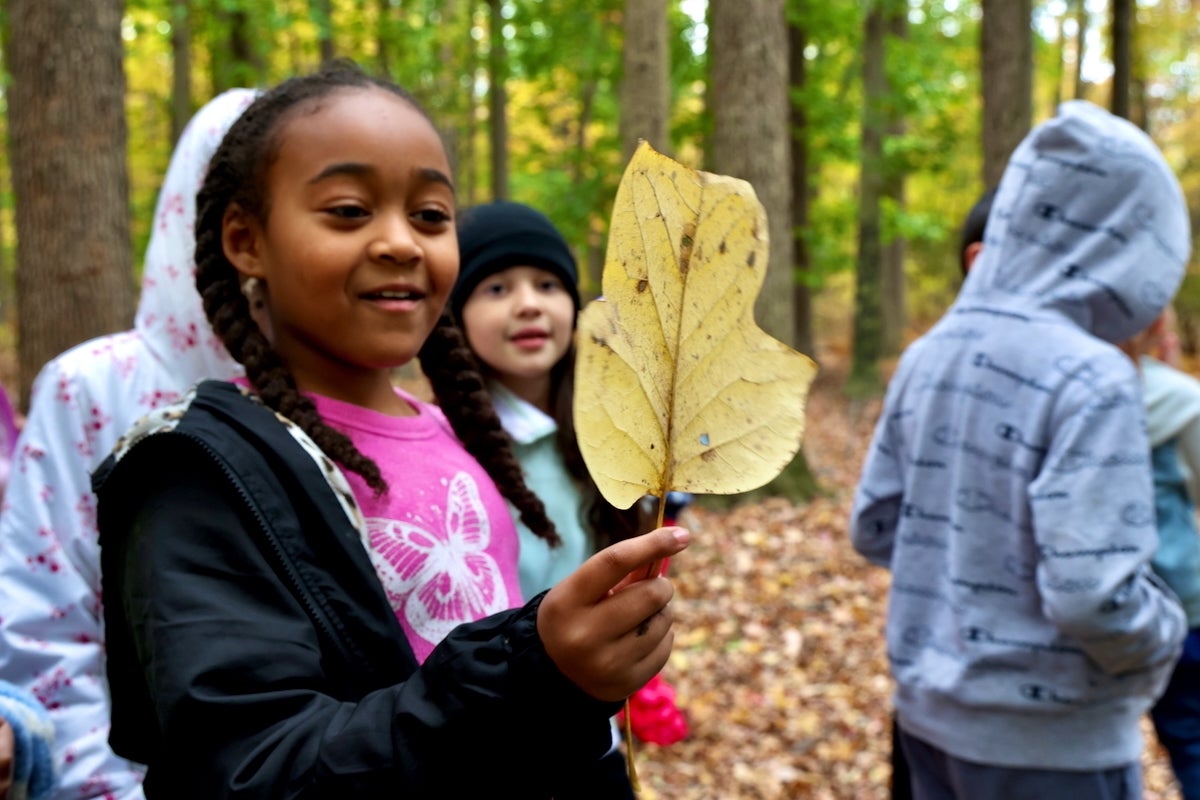
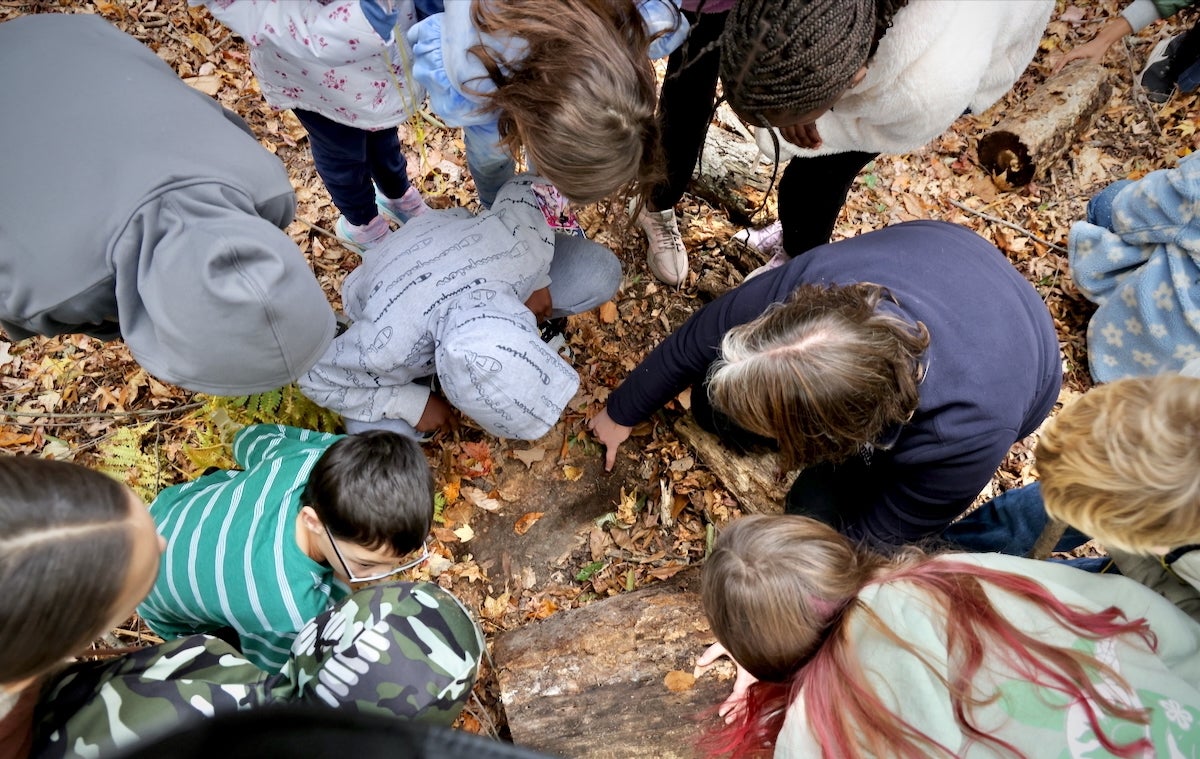
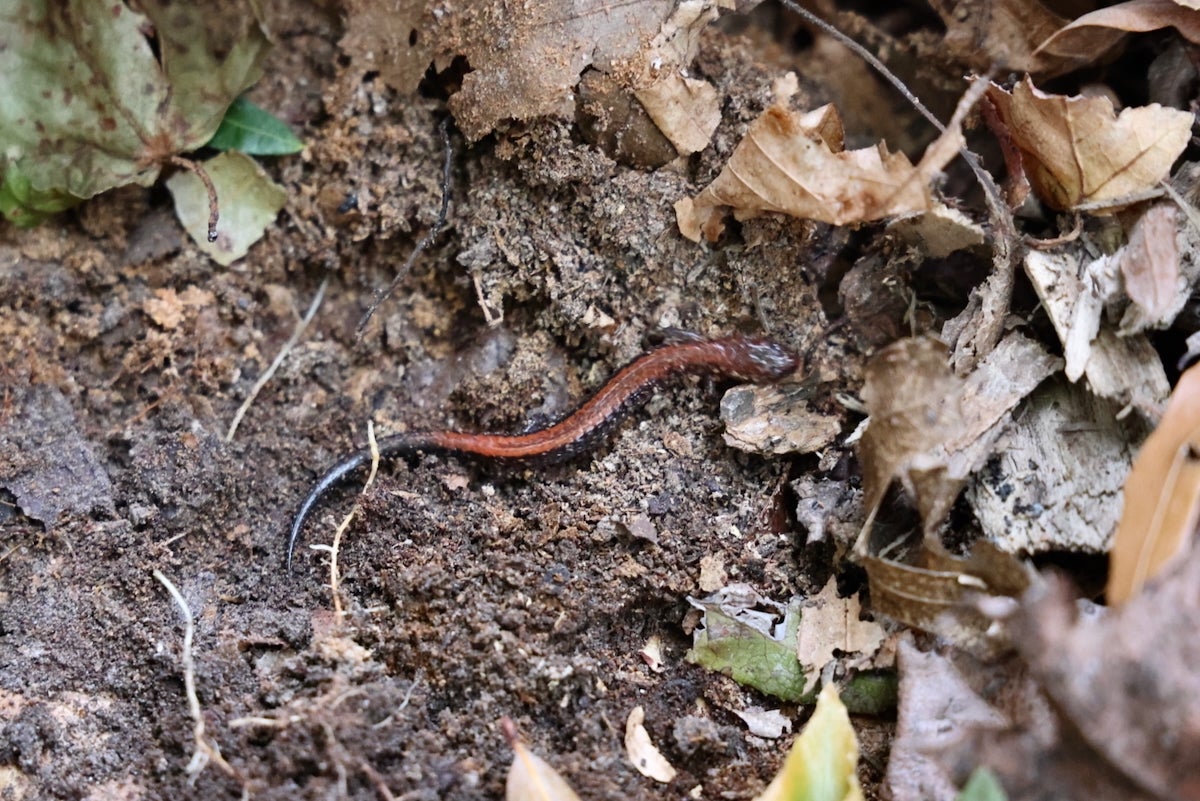
Nature spurs creativity
Nature Club started in 2023, in part, because teachers at Keystone were already eyeing the woods as a teaching tool.
Christine Schrack teaches gifted classes in kindergarten through fifth grade at Keystone, primarily English, math and science. She said the woods contain all those subjects.
“It’s really important to think about where this is used in the real world, or how we can apply concepts to the real world and connect it beyond the books,” Schrack said. “We might consider what profession does this in the real world, or where it applies to nature.”
“If we’re doing a unit on poetry, we learn the basics of types of poetry and the formats, but then to go outside and use nature as our muse and write poetry about it,” she said. “It brings it to a new level.”
During the Halloween season, Schrack taught a unit on Washington Irving’s classic short story “The Legend of Sleepy Hollow,” aka the Headless Horseman. As part of the lesson, she led her students out into Croydon Woods to better imagine the tragic experience of Ichabod Crane.
“The students got to be in the woods, imagining every rustle of the leaves and every crunch that they hear and imagine what this would have been like at midnight,” she said.
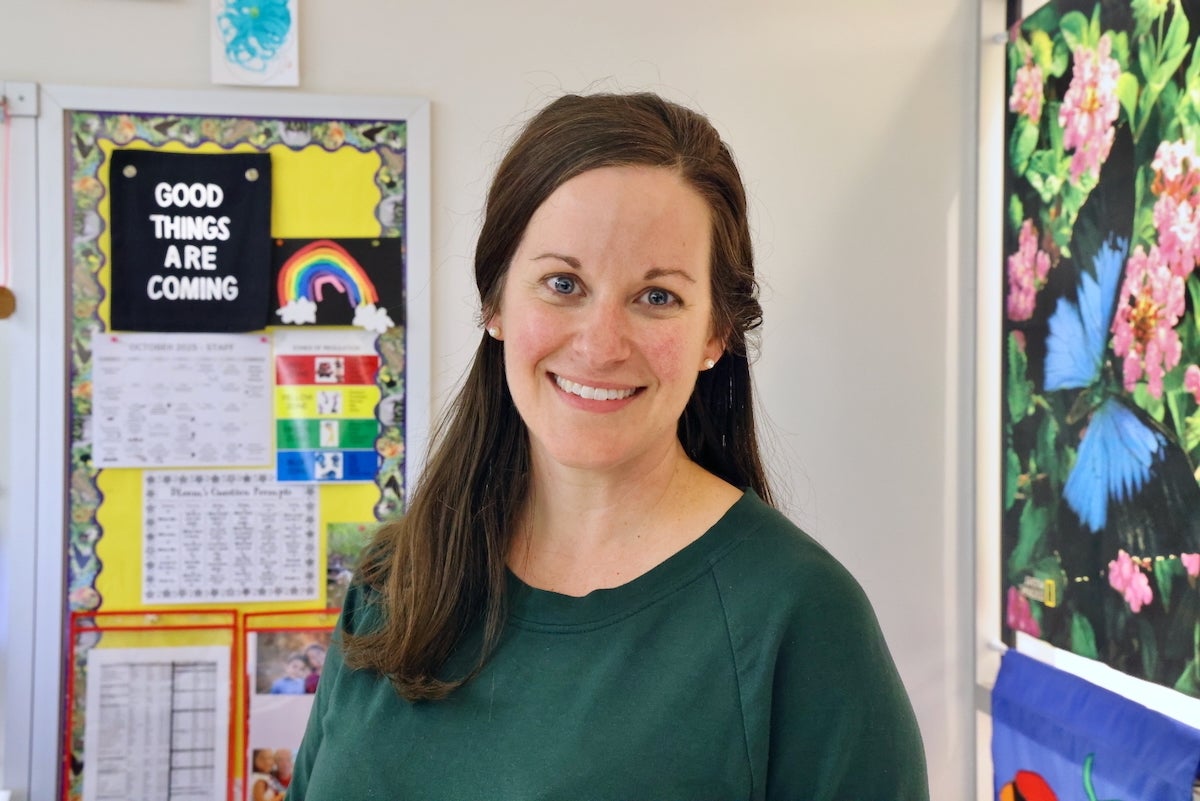
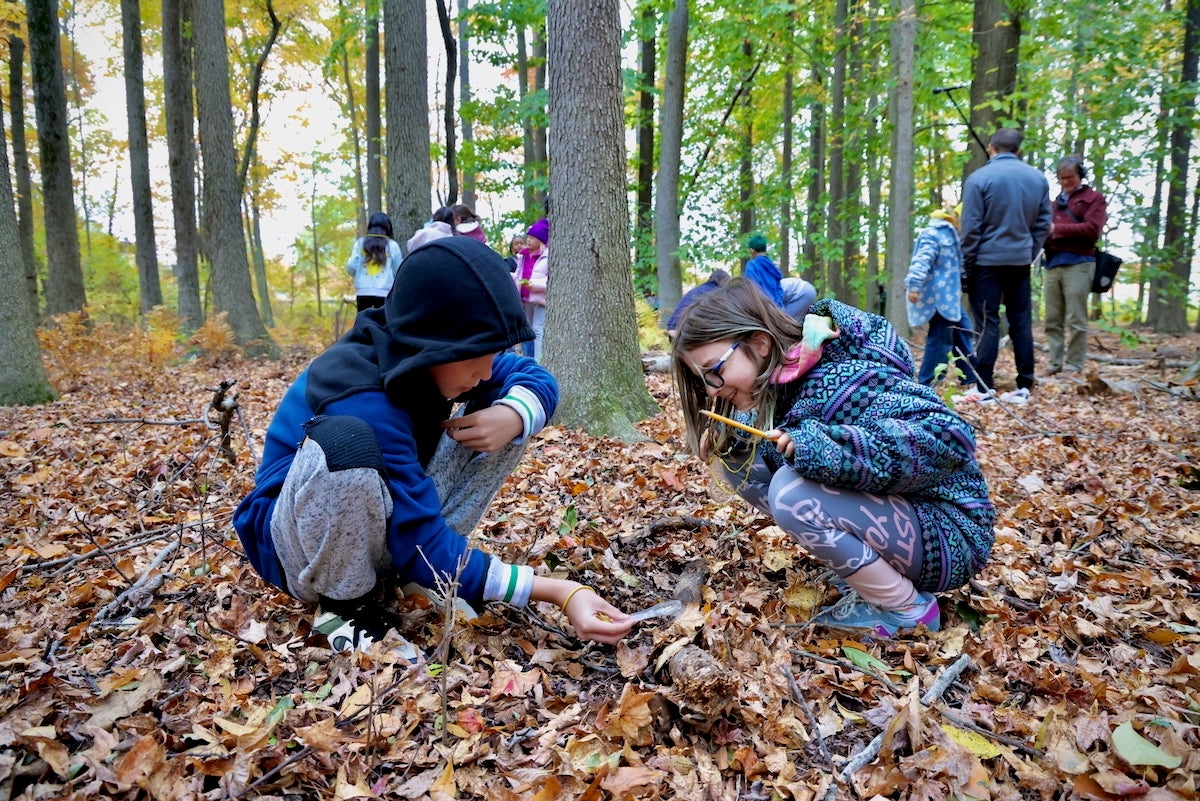
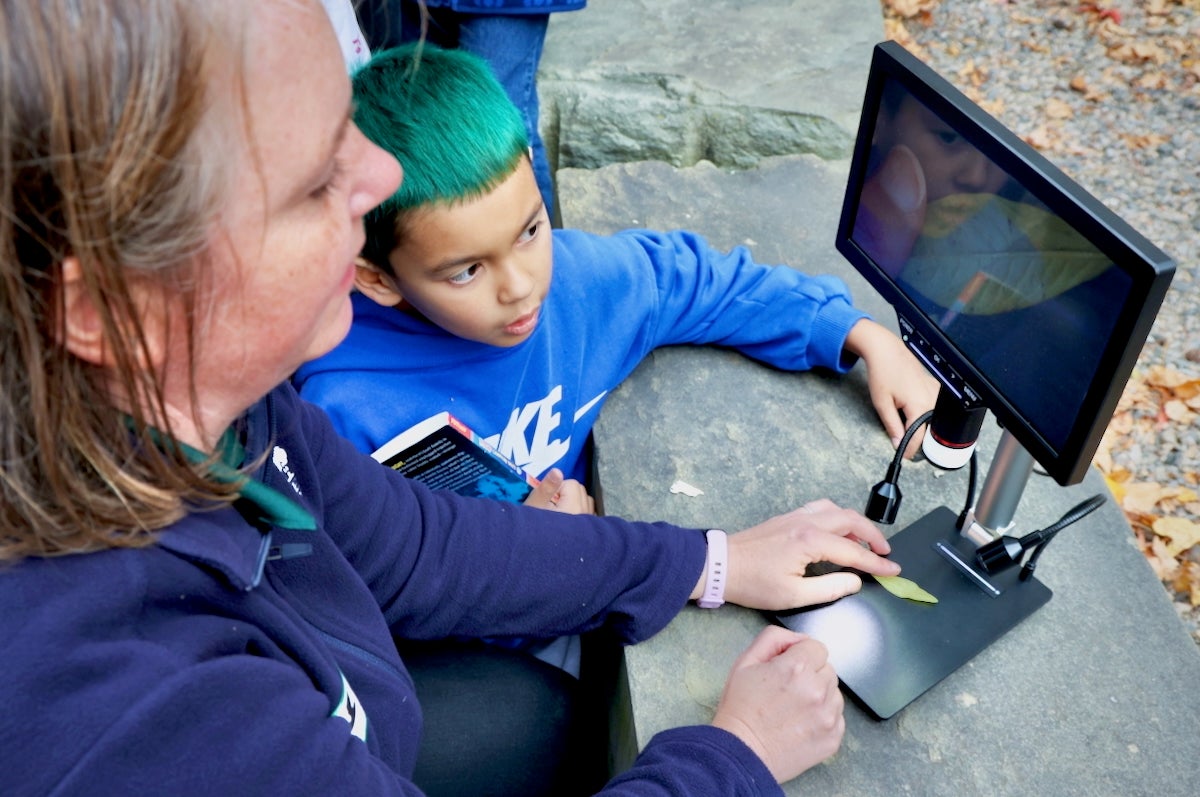
Kids need to be outside
Many studies have shown that exposure to natural environments can benefit children, including their academic, social and emotional development.
A 2019 study by the National Institutes of Health warns that some parents discourage playing in nature for safety concerns.
“This disconnection from nature is having important consequences for children’s overall well-being and development directly impacting cognitive development, independence, and creativity,” the study reads.
The Bristol School District is particularly concerned about children whose schooling began during the COVID pandemic shutdowns, when much of their time was spent interacting with electronic screens.
“Just having them outside away from screens gives them a different opportunity to communicate to their peers,” said Amy Coleman, the district’s chief academic officer and director of curriculum.
“Get back to learning how to have conversations, to listen, to question, to be exposed to things that otherwise they may not be exposed to,” she said.
In Philadelphia, a similar concern over pandemic-era elementary students spurred a trio of pediatricians from the Children’s Hospital of Philadelphia to launch Prescribe Outside, a partnership that connects Philadelphia children to outdoor programs in natural areas.
The cohort includes CHOP, the U.S. Department of Agriculture, the Sierra Club, Temple University Center for Sustainable Communities and Let’s Go Outside, an organization making outdoor spaces more accessible to Philadelphians, particularly underserved and people of color.
“In recent years children have been spending more time indoors and on devices, which has negatively impacted their health,” said Dr. Barbara Rolnick, one of the founders of Prescribe Outside, in an online video. “We see patients every day with behavioral and physical health concerns, which could be improved by spending time outside in nature.”
Prescribe Outside helped draft the Pennsylvania Children’s Outdoor Bill of Rights, which includes items like the ability to breathe clean air, play in safe parks and access free or low-cost outdoor programs. Earlier this month, it was endorsed by state elected officials, including Gov. Josh Shapiro.
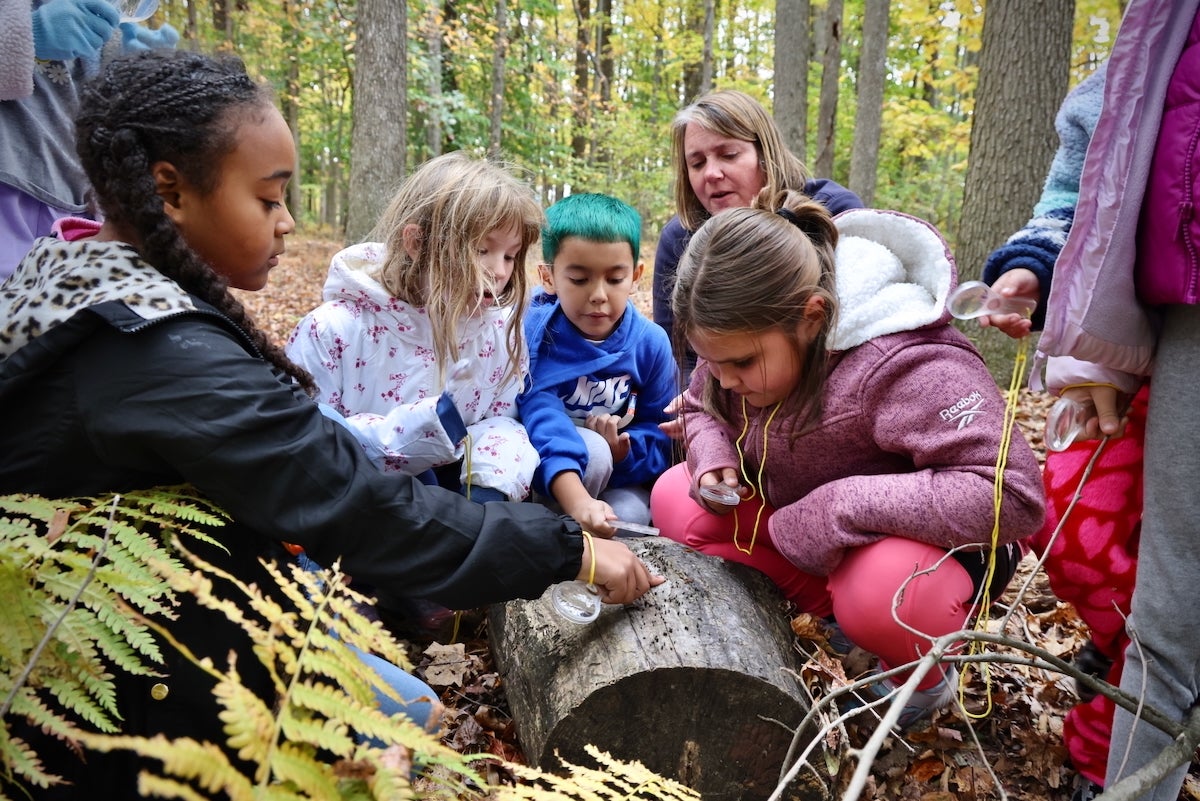
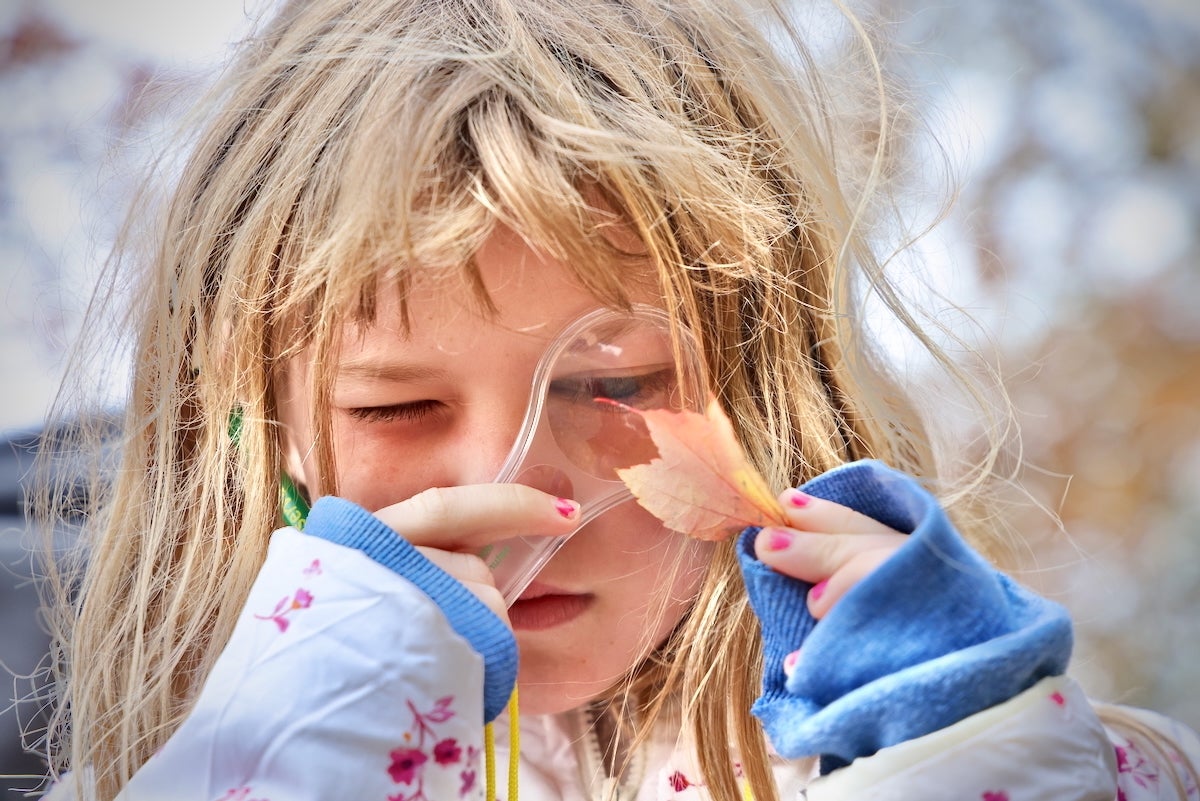
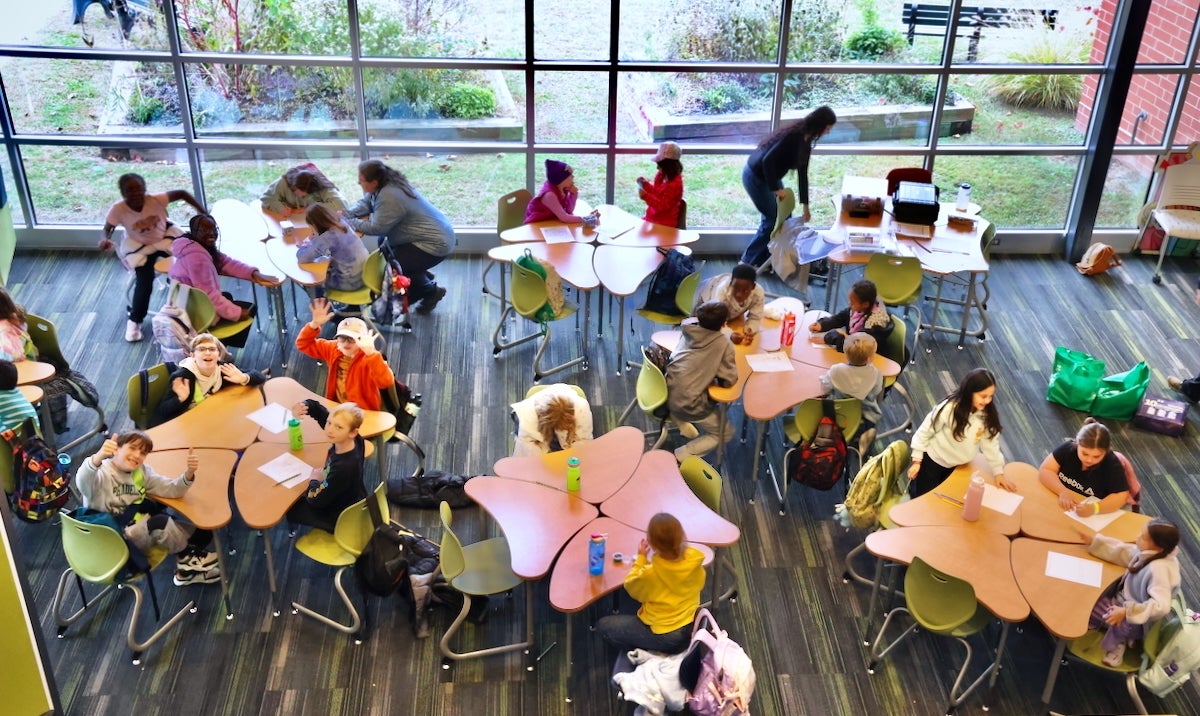
A future in question
When Heritage launched the Nature Club with Keystone Elementary, district leaders asked the conservancy to expand the program to all of its elementary and middle schools.
“We did some surveying of families of students and asked what are things that you would be interested in participating in,” Coleman said. “Overwhelmingly, students were interested in something along the lines of a Nature Club. That was across the board, elementary and middle school. It was kind of a no-brainer.”
The district pays for Nature Club with federal Title IV funds intended for student enrichment and well-rounded education programs. Last summer, $6 billion of education funding was frozen by the White House to determine if any of it was used in ways antithetical to President Donald Trump’s priorities.
Title IV was later restored, but Coleman is concerned that the funds may not be reliable in the future.
“If Title IV funding disappears, the club might disappear,” she said. “We won’t have funds to run the program.”
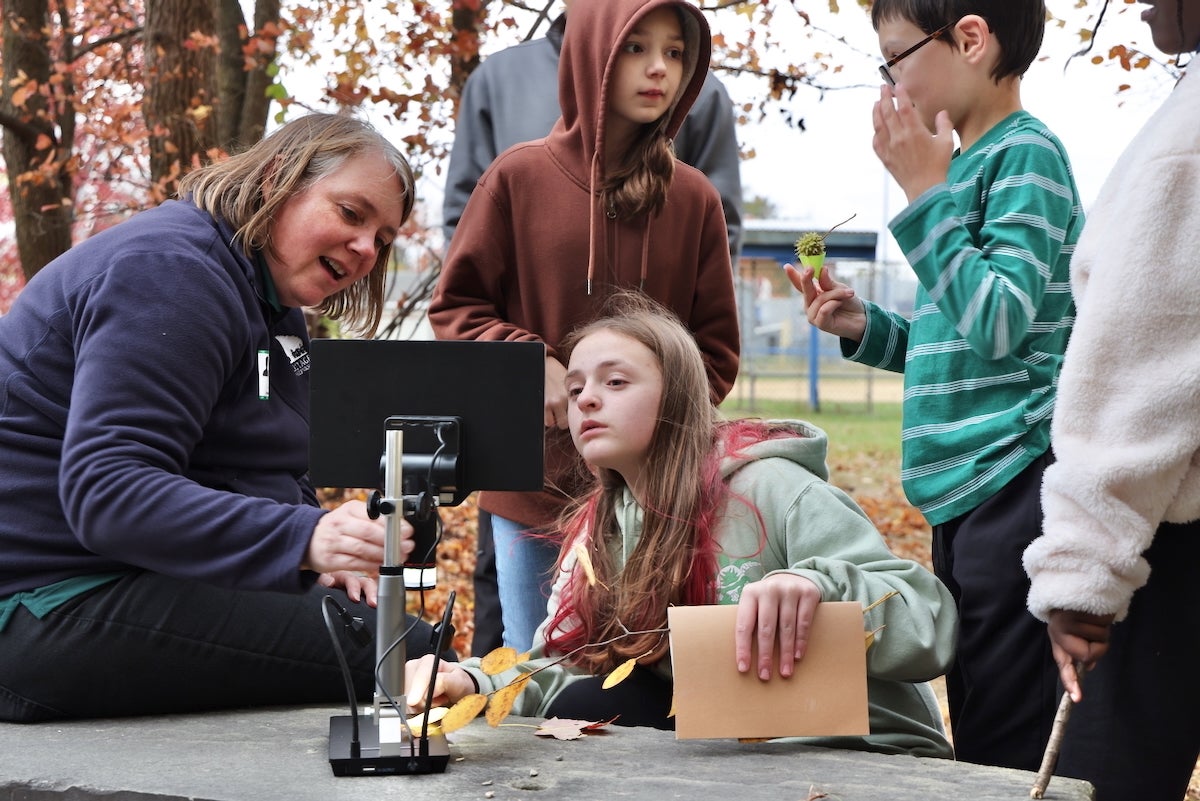
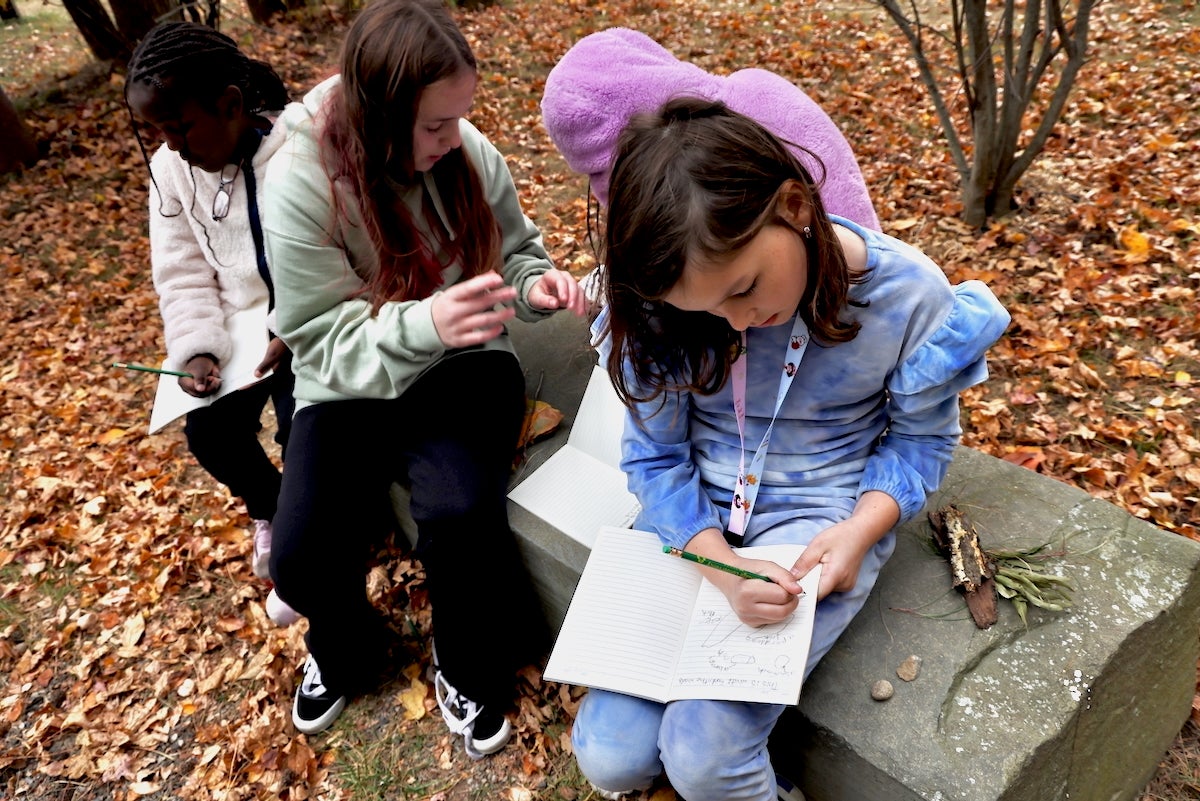
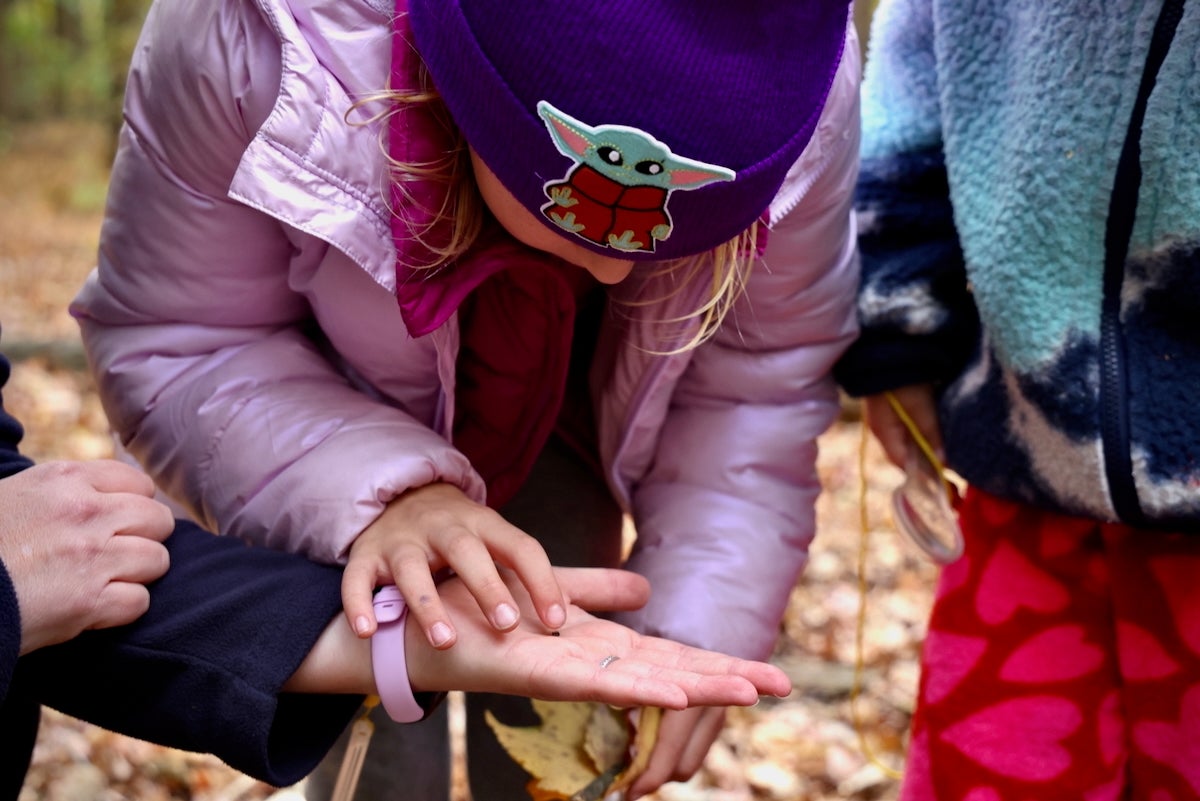
Editor’s Note: This story is part of a series that explores the impact of creativity on student learning and success. WHYY and this series are supported by the Marrazzo Family Foundation, a foundation focused on fostering creativity in Philadelphia youth, which is led by Ellie and Jeffrey Marrazzo. WHYY News produces independent, fact-based news content for audiences in Greater Philadelphia, Delaware and South Jersey.

Saturdays just got more interesting.
WHYY is your source for fact-based, in-depth journalism and information. As a nonprofit organization, we rely on financial support from readers like you. Please give today.

